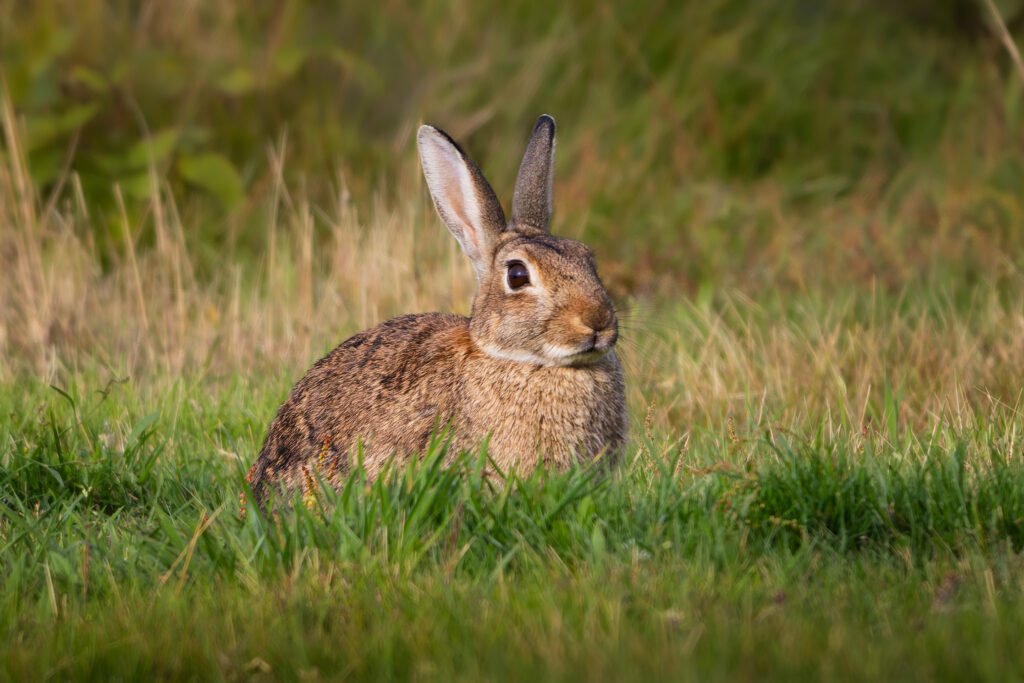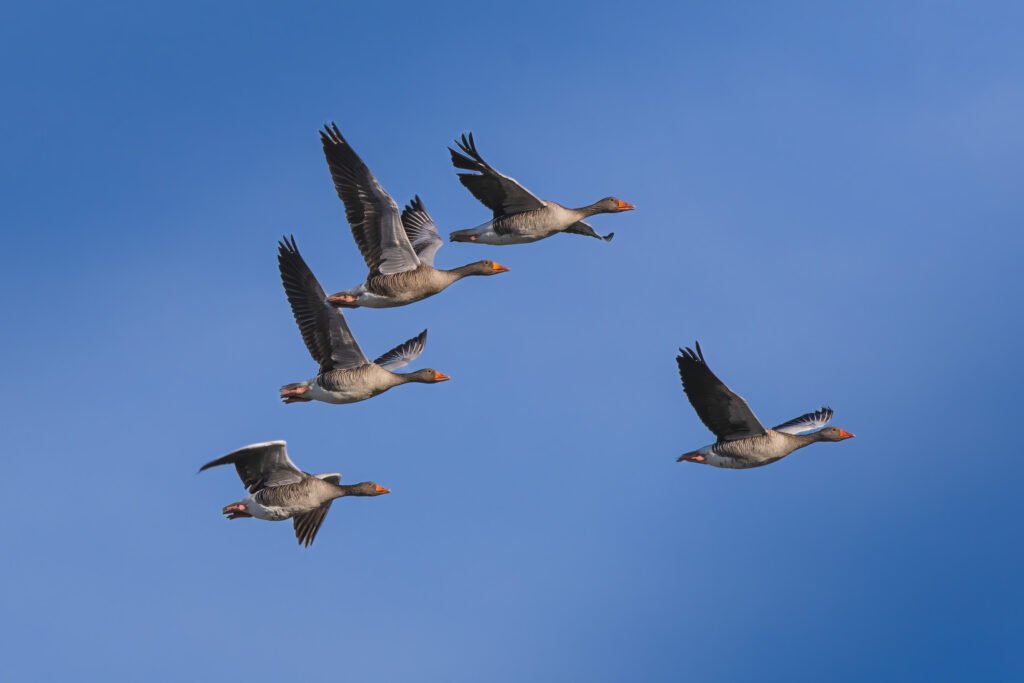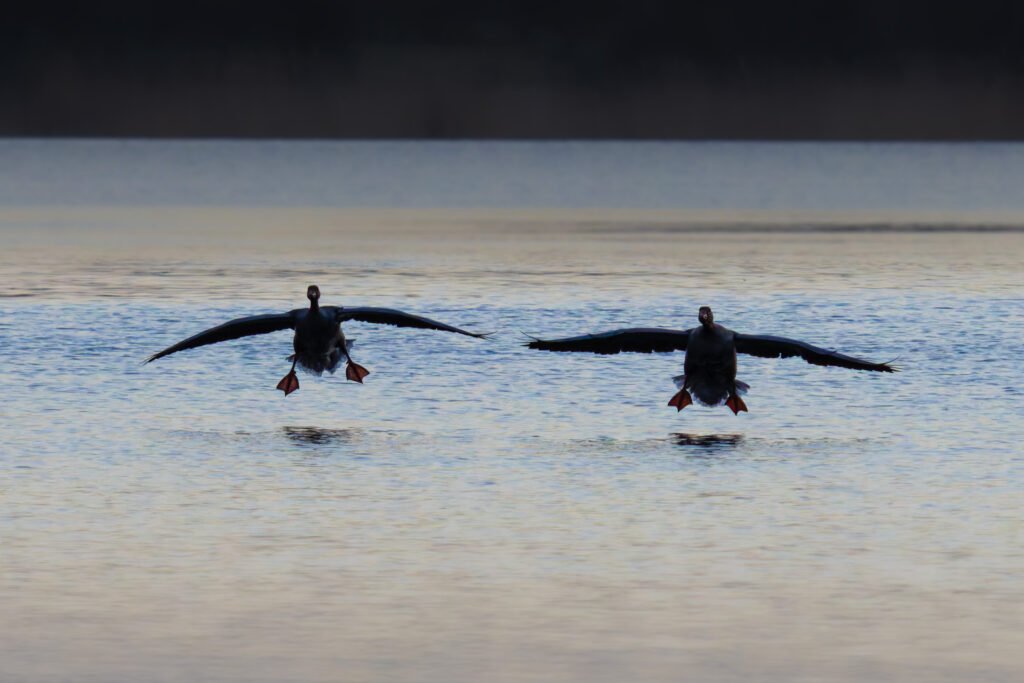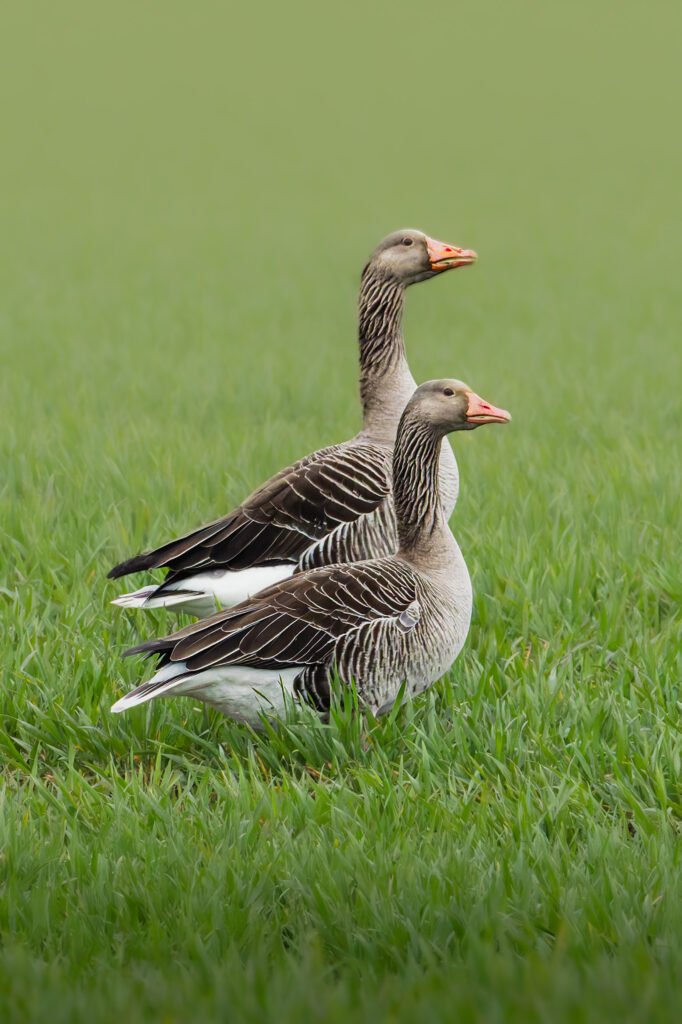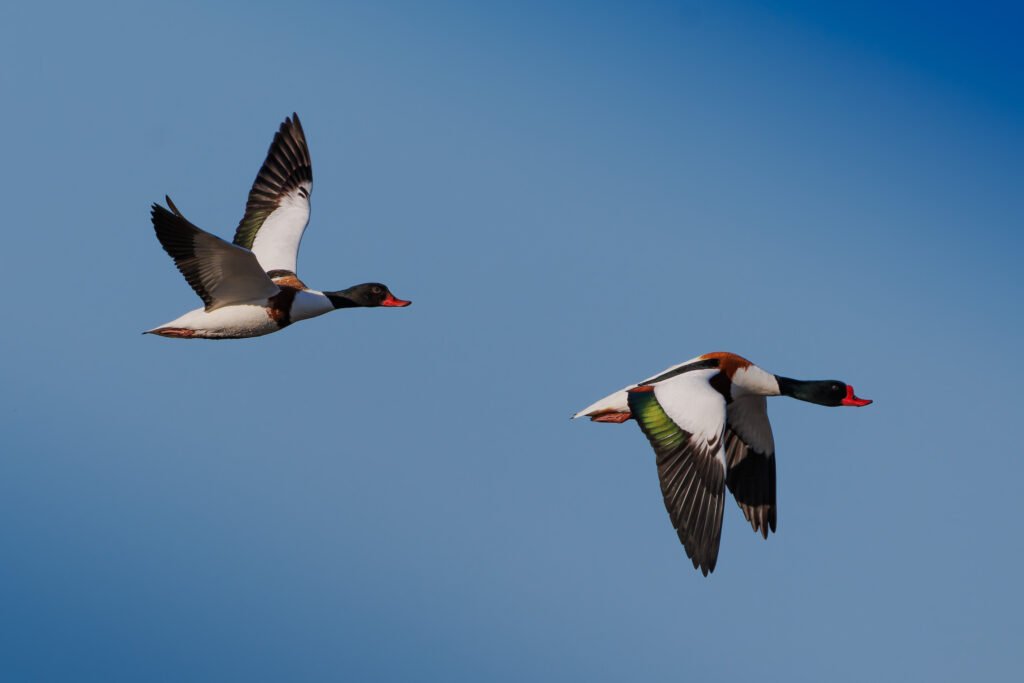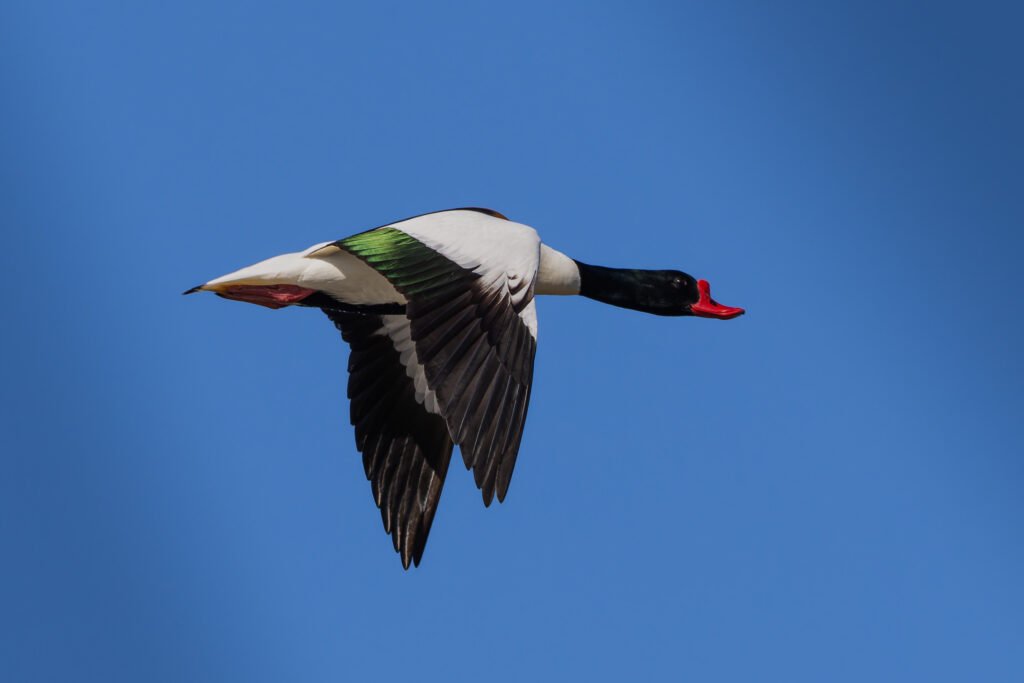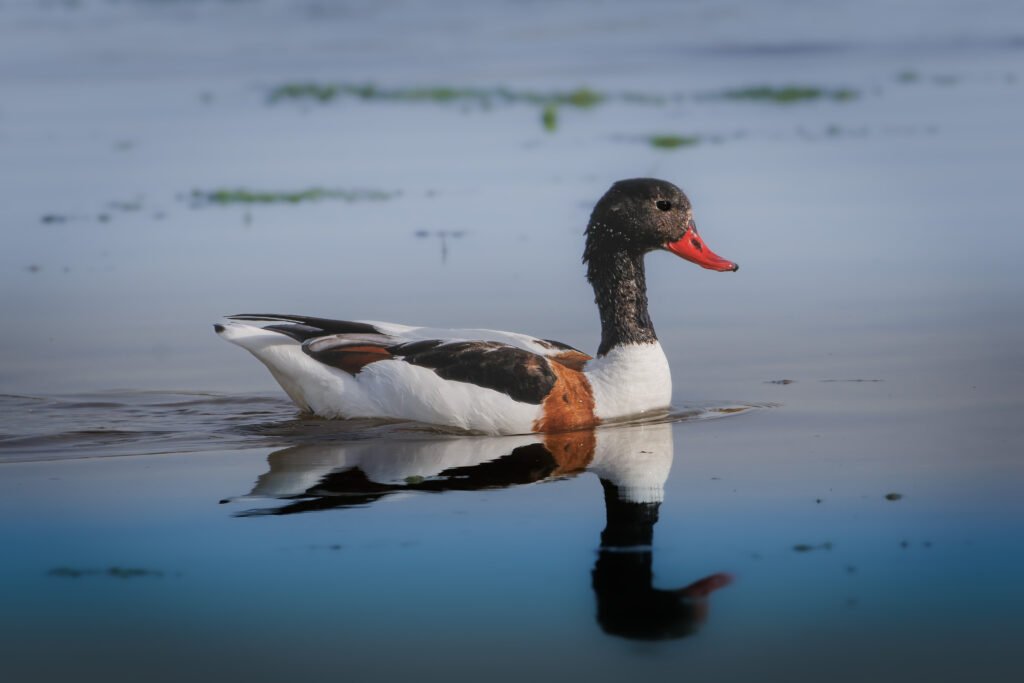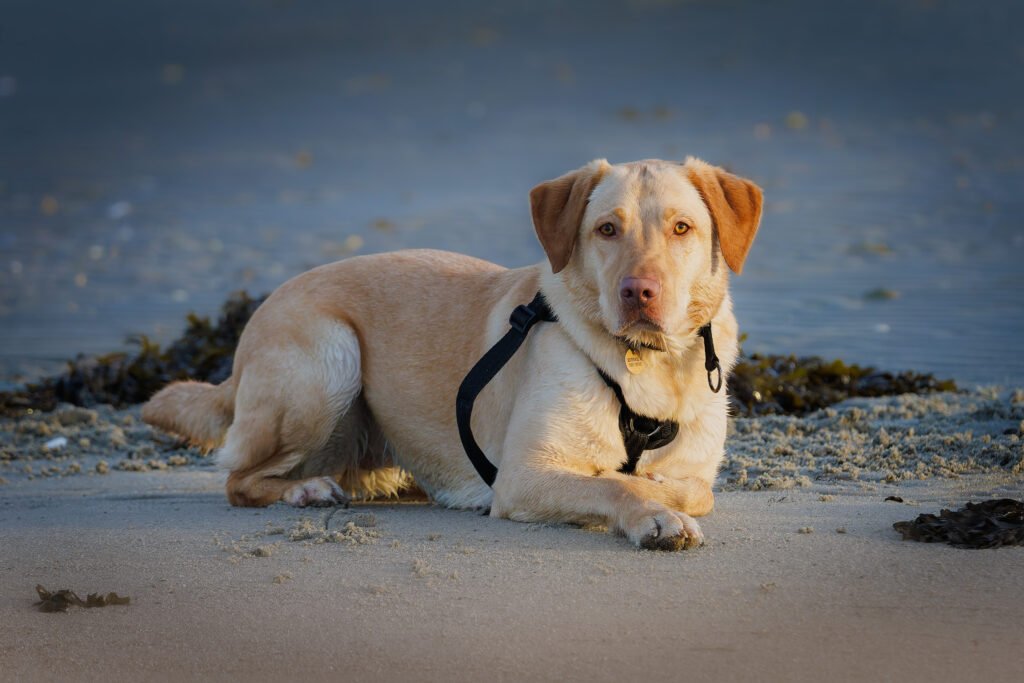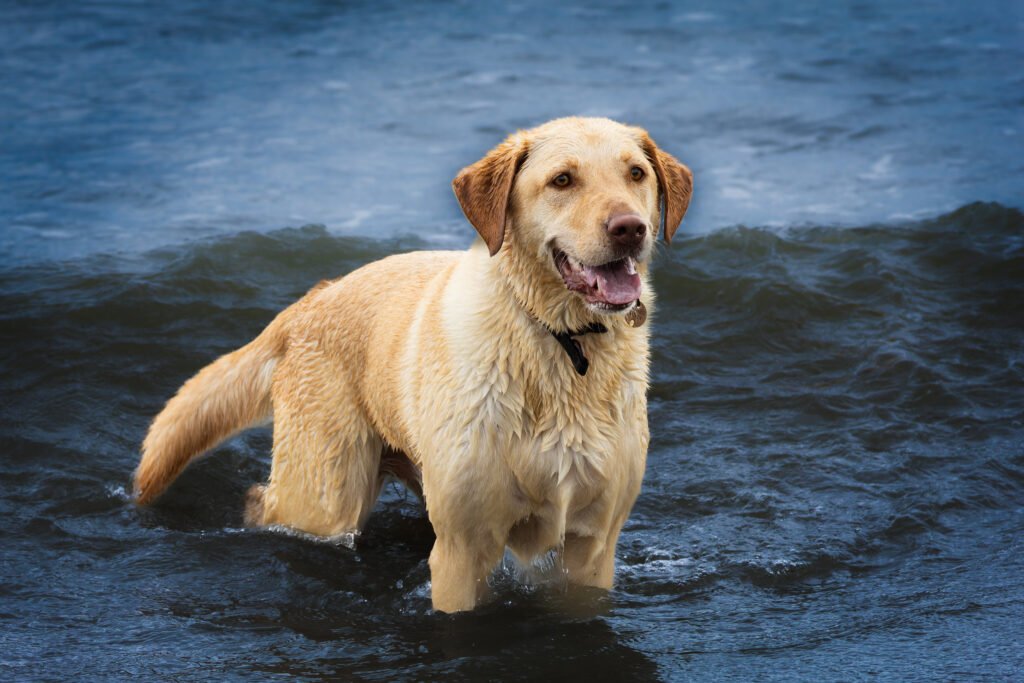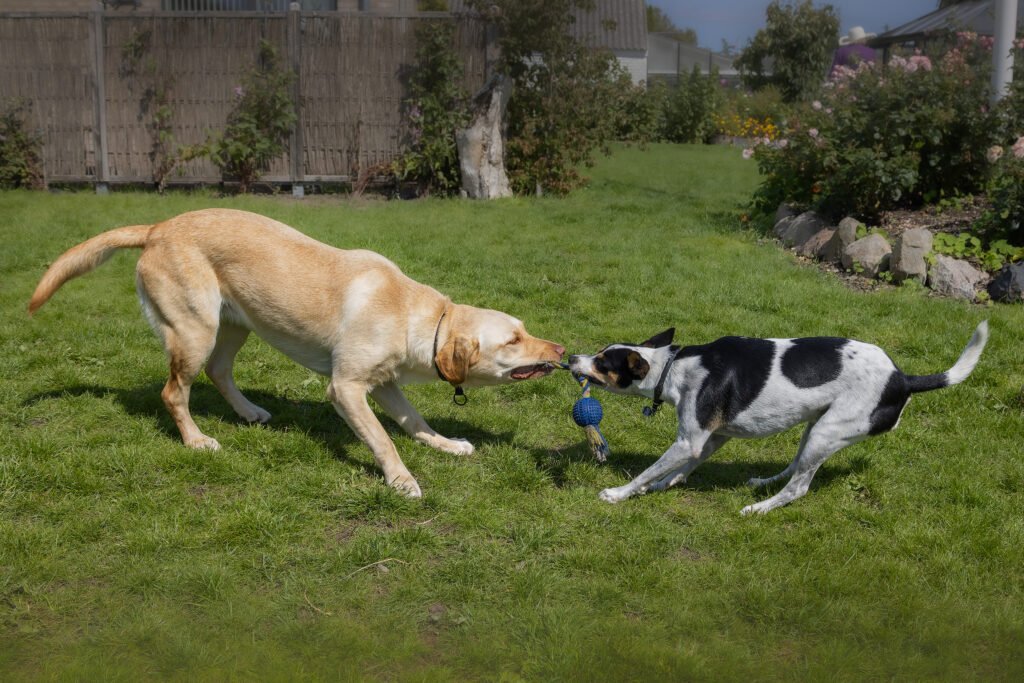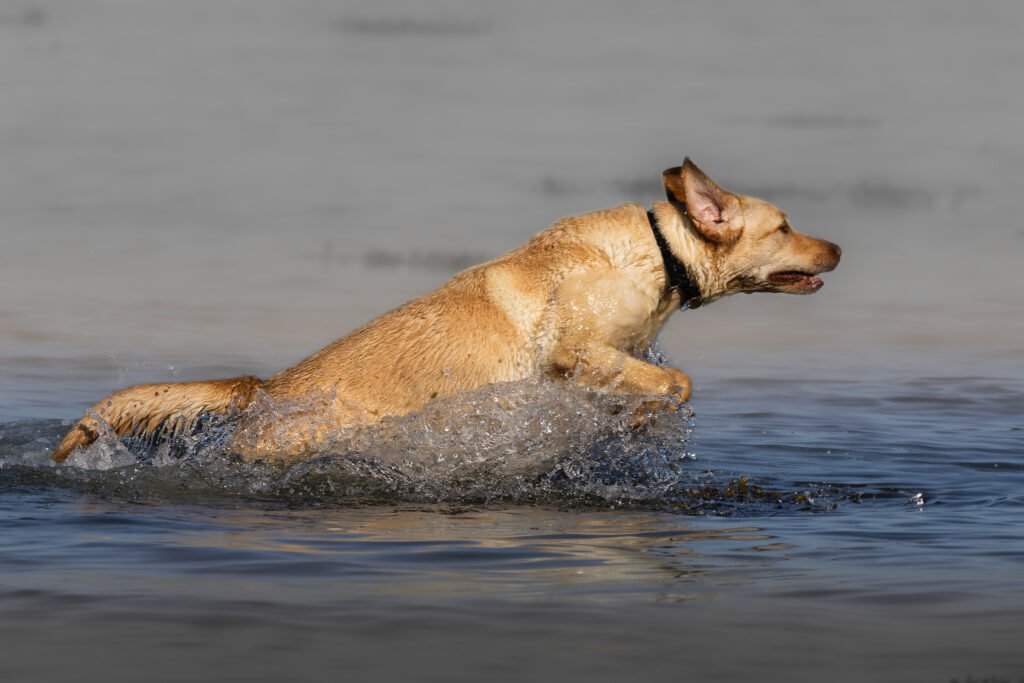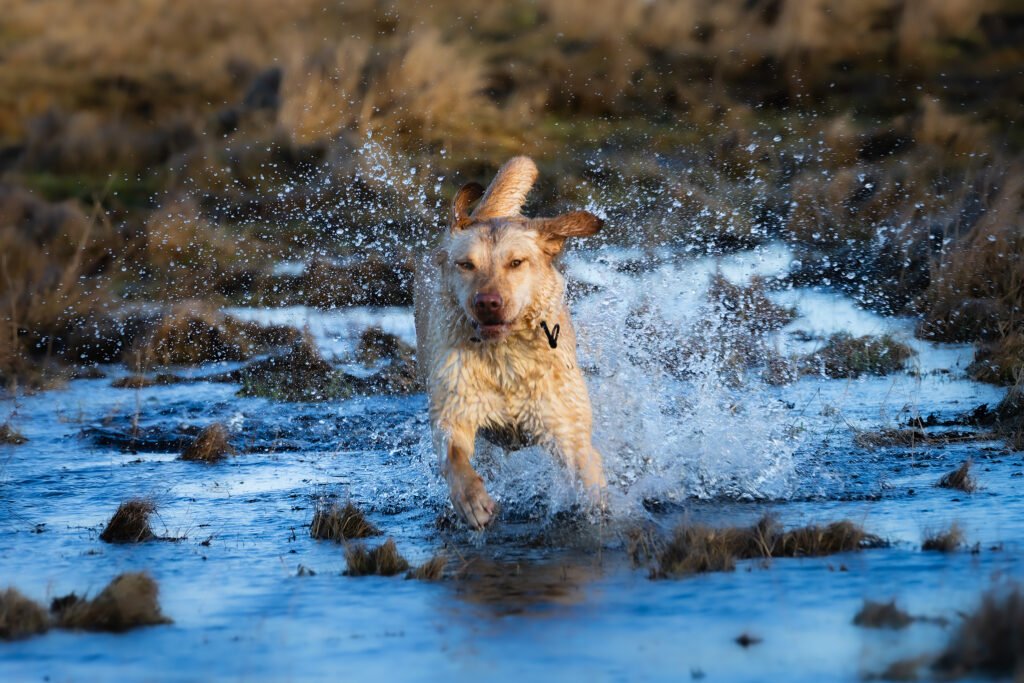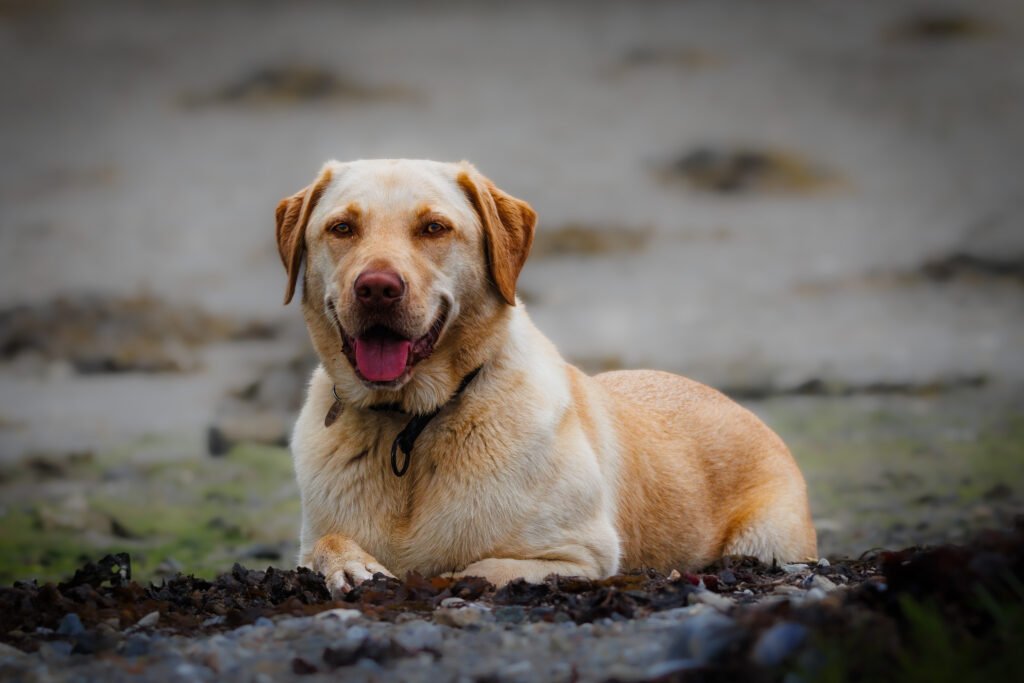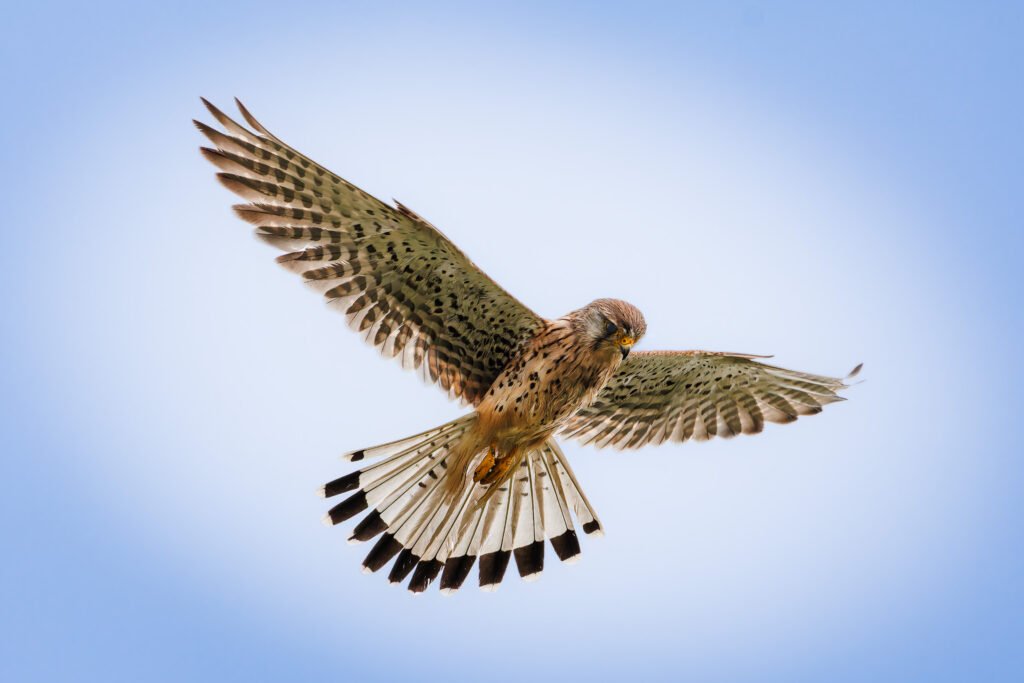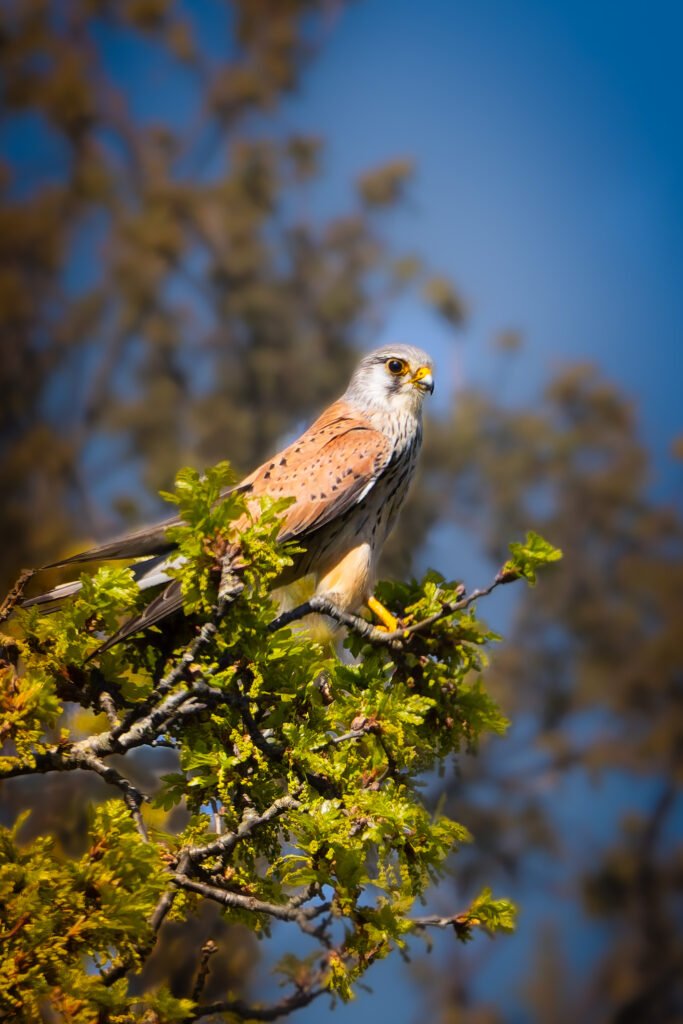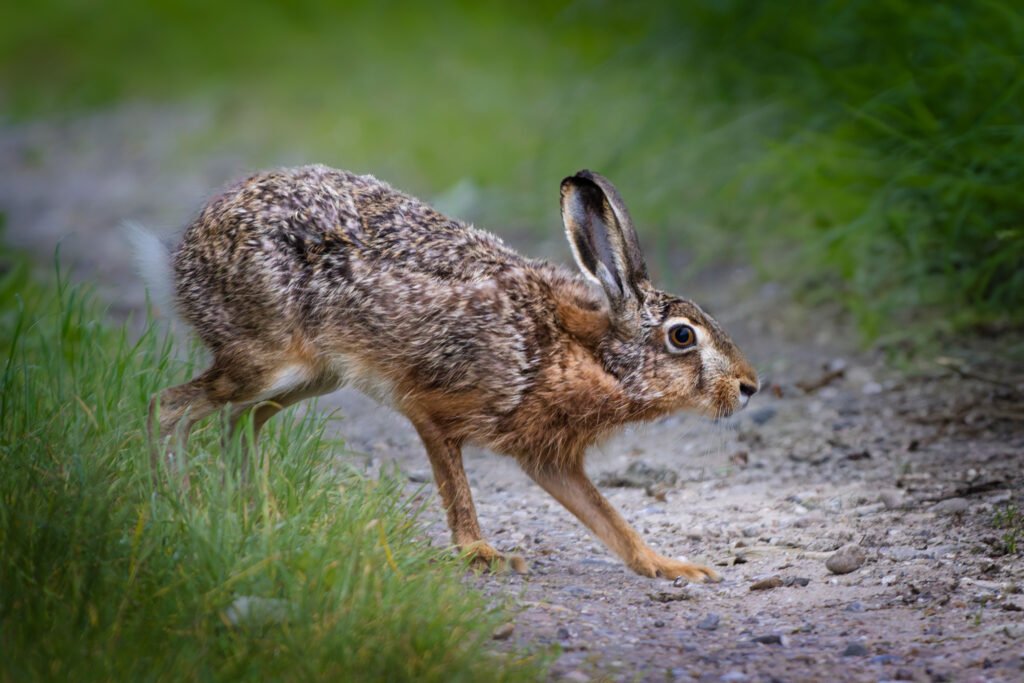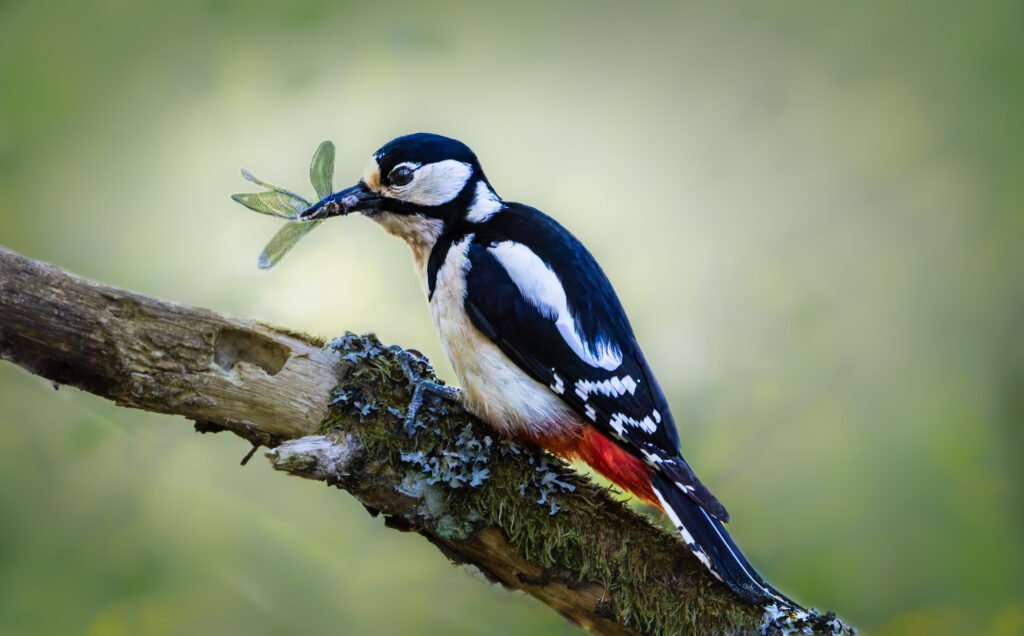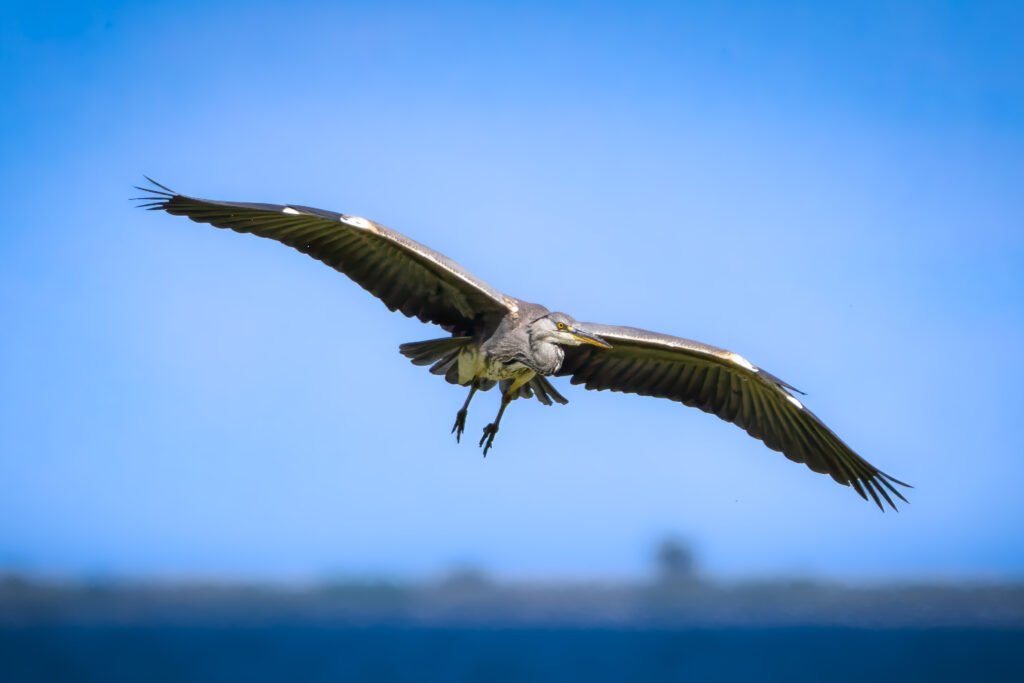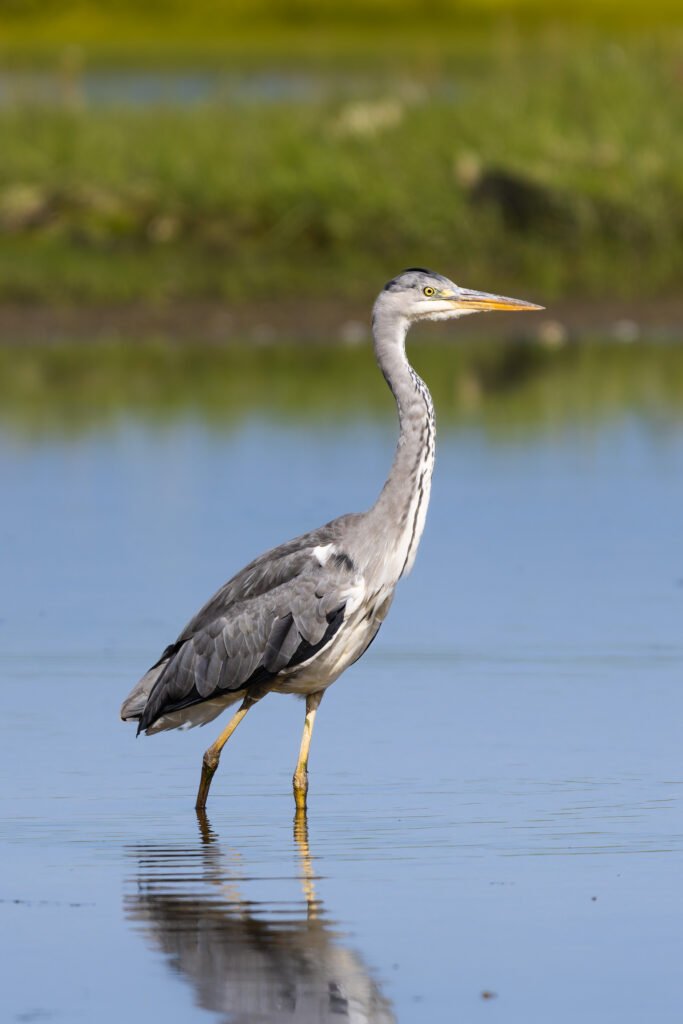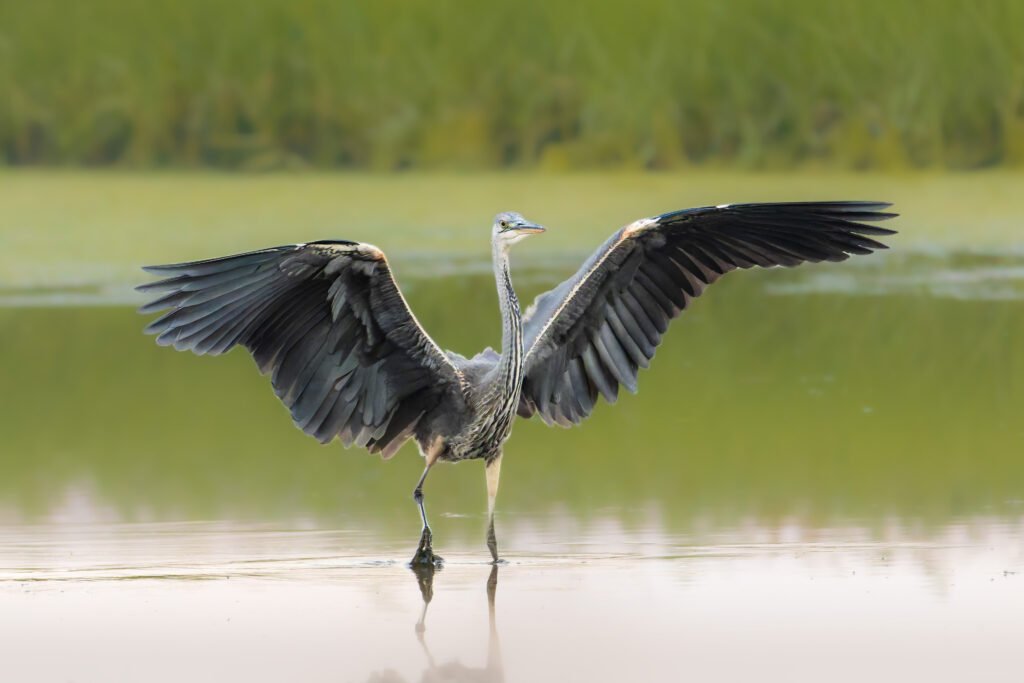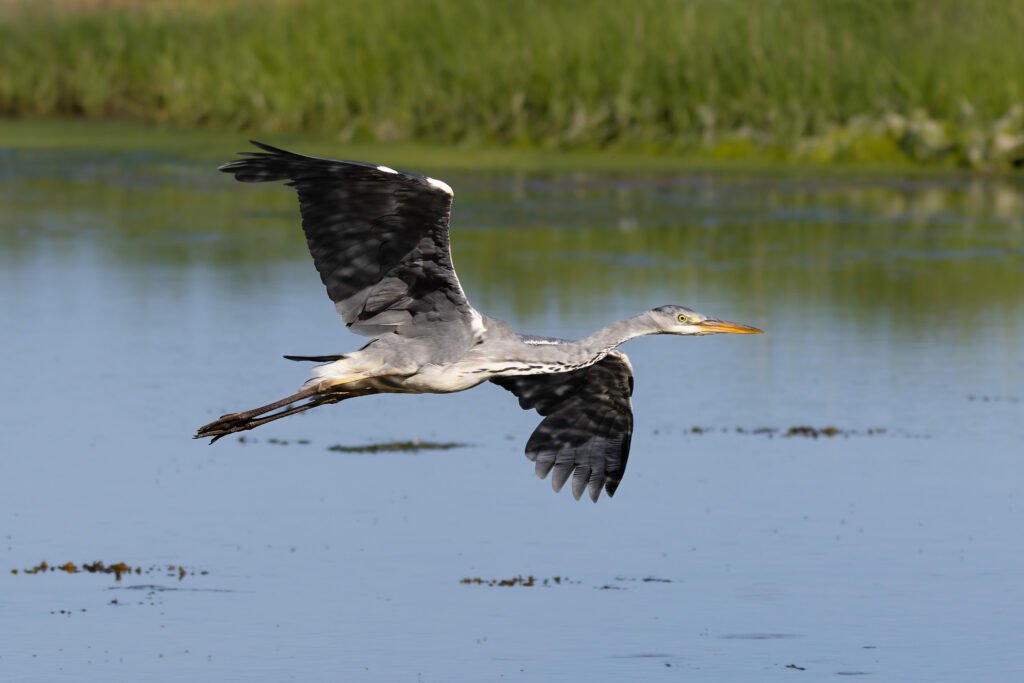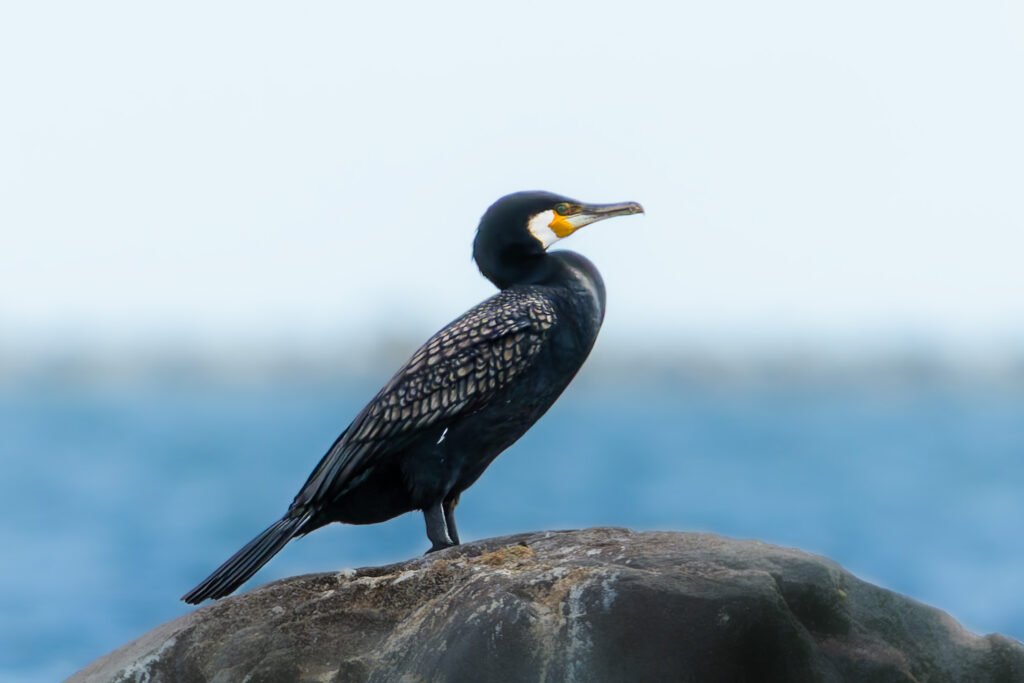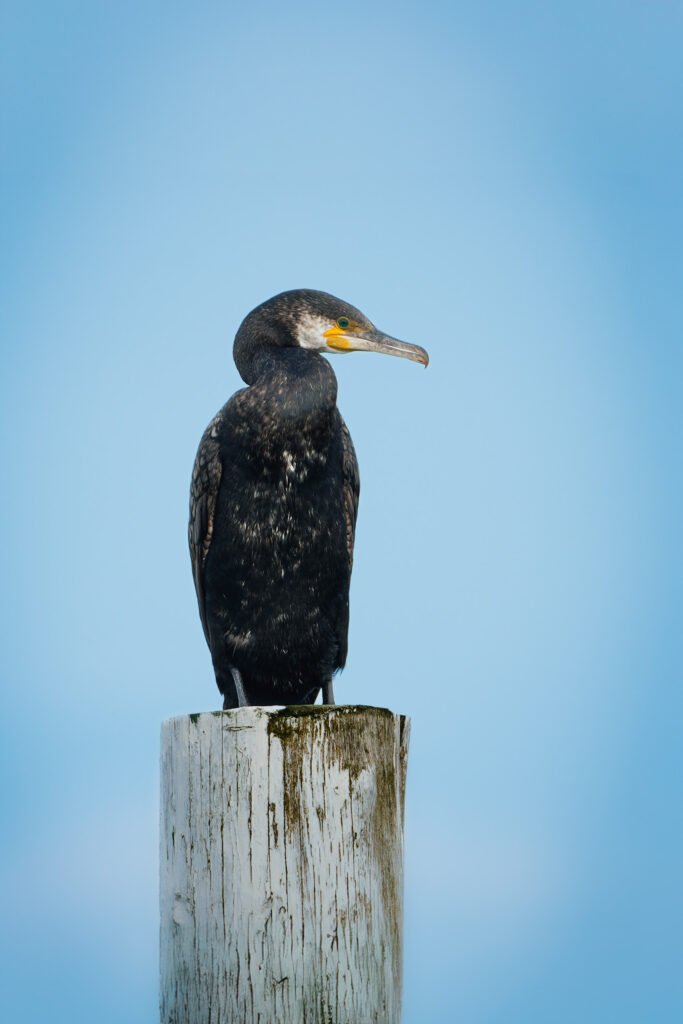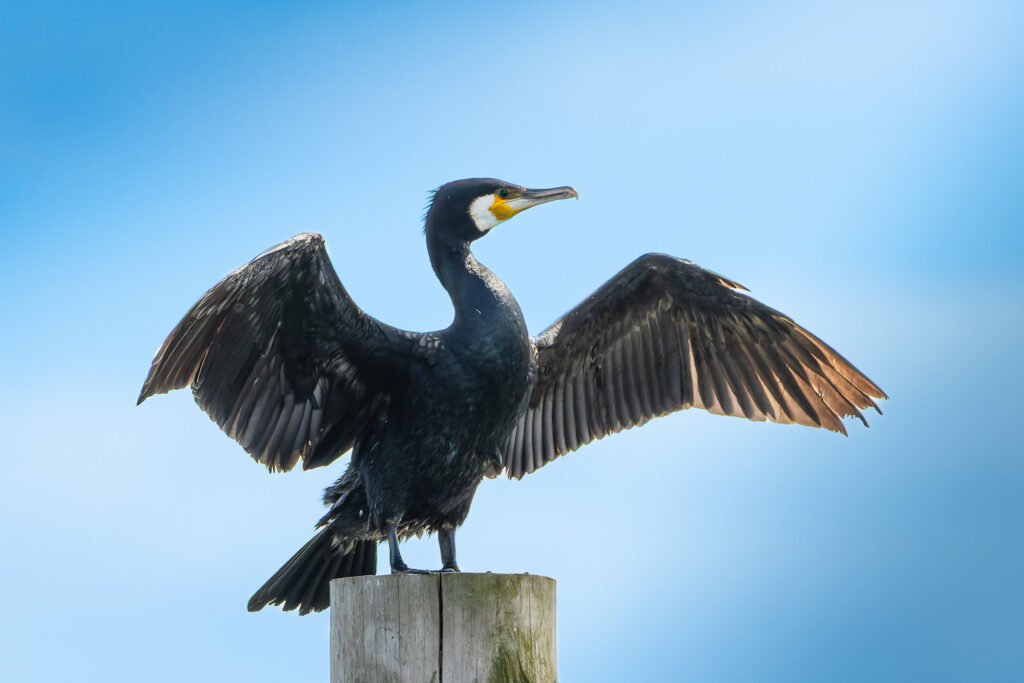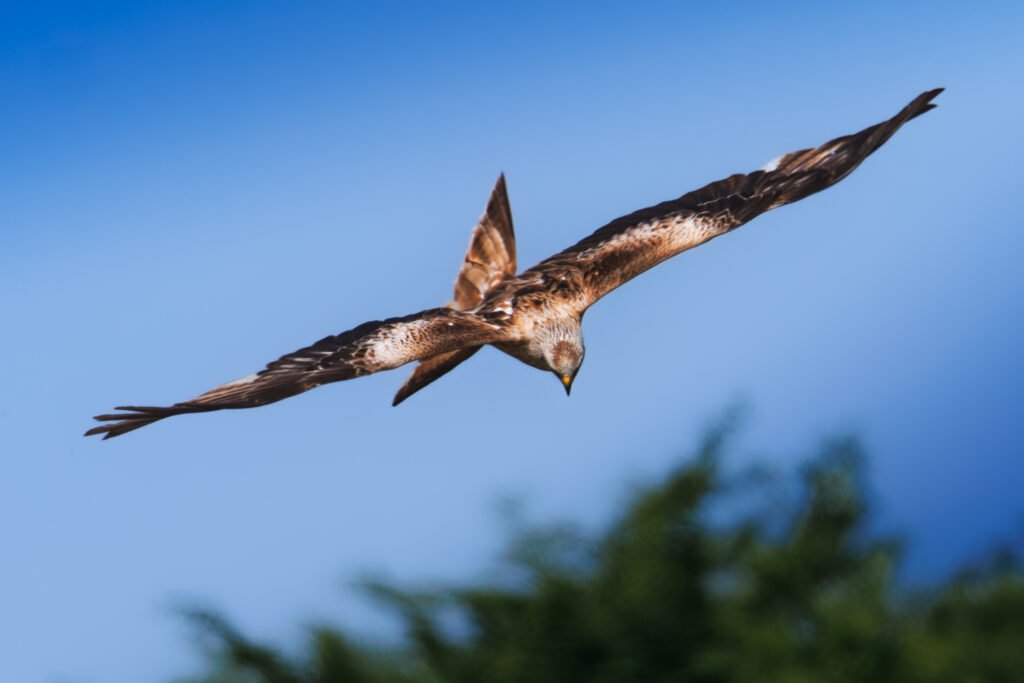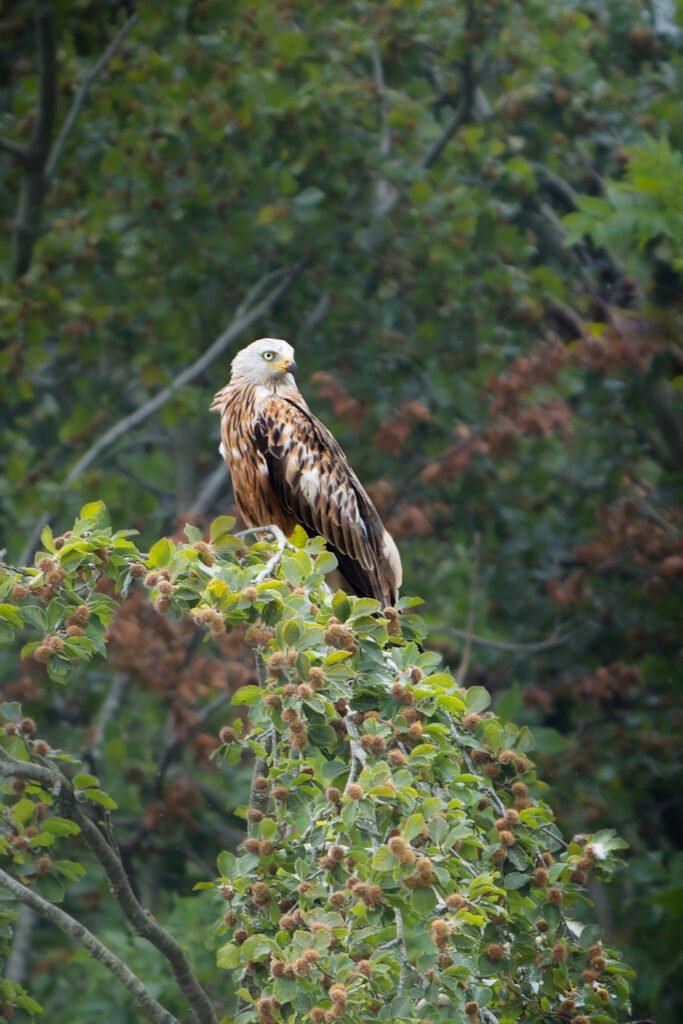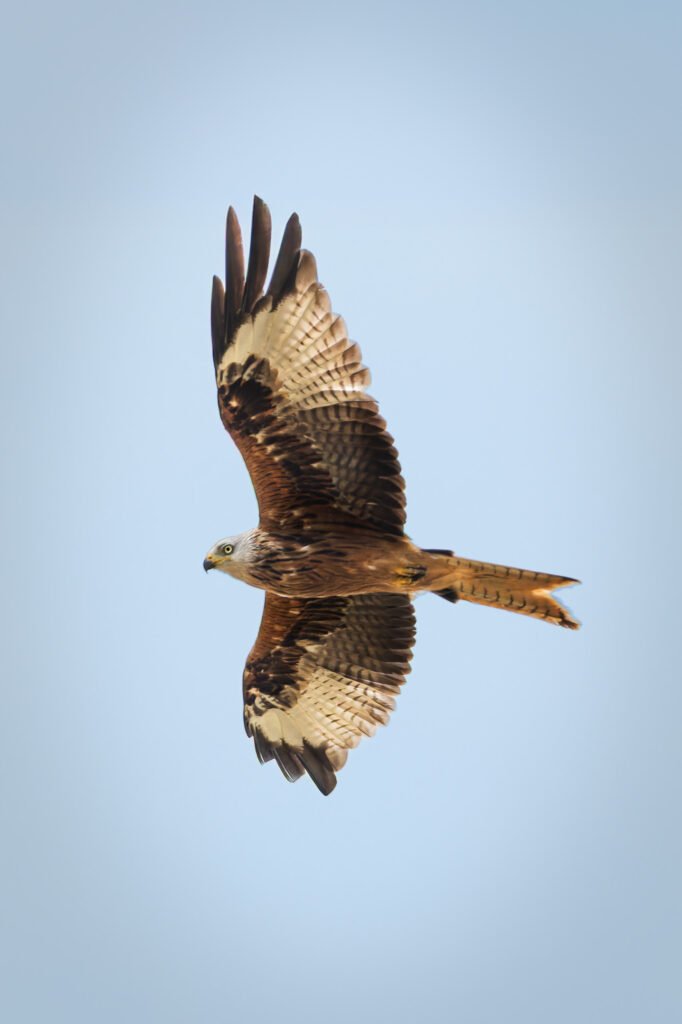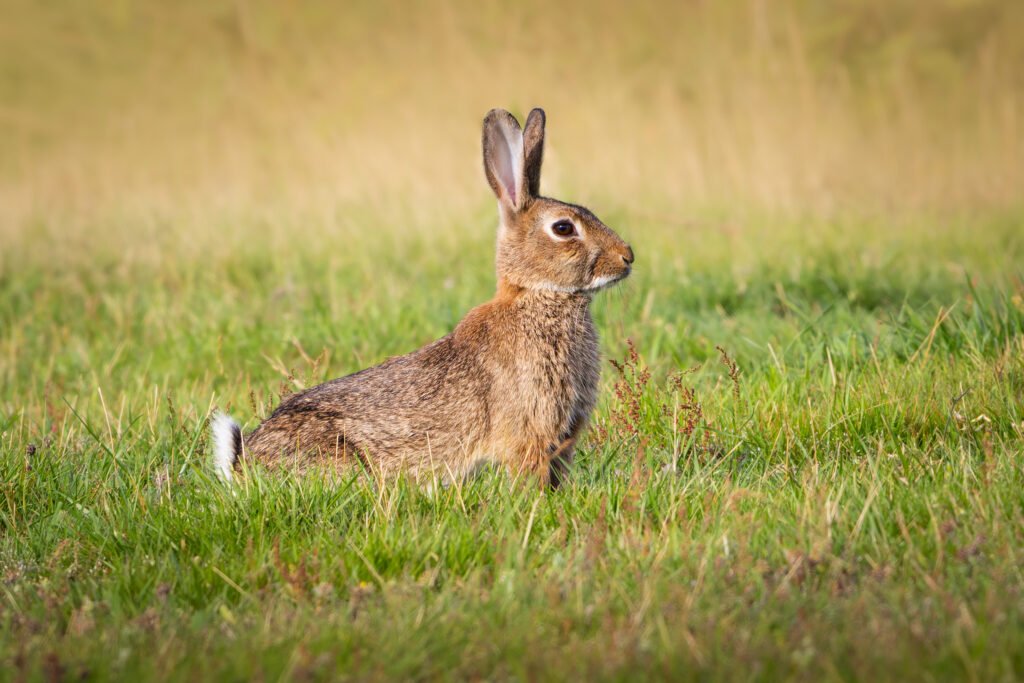
Endelave Island – Rabbits, a Blessing or a Curse?:
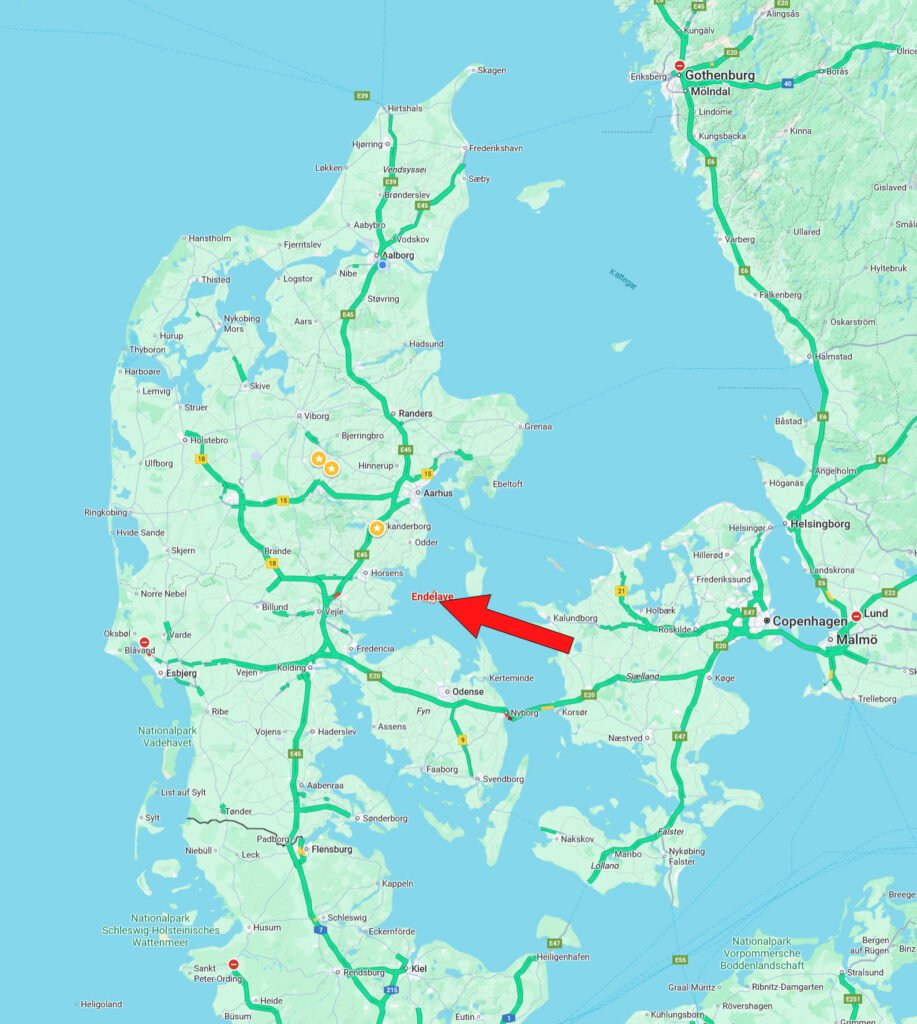
A few miles southeast of Horsens Fjord lies the small idyllic island Endelave. It is only 13.2 km2 and home to approx 180 permanent residents and.. thousands of rabbits. The residents primarily make a living from two things: tourism and farming.
No one knows for sure how or why these wild rabbits where introduced into the wild back in the1920’s.
So are the rabbits a blessing or a curse? Opinions are divided as they have become the main attraction and many tourist come to the Island to see them, but they also take a hefty toll on the farmers crops.
The problem with rabbits is that they breed.. well like rabbits 😉
Since the island is to far off shore for any predators to find their way there, there isn’t anything to keep the rabbit population down and their numbers have grown over the years to become a bit of a menace to the farmers. It’s pretty hard to count the little fellows, but some estimate the population to be in excess of 10.000 rabbits!
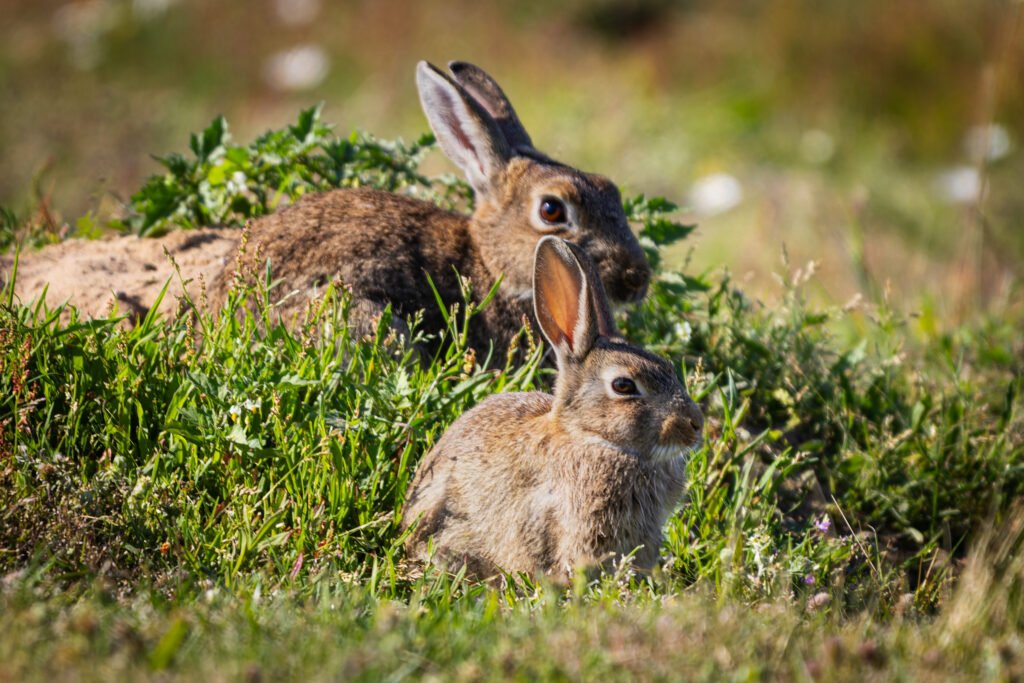
For me this has become one of my favorite tour destinations. If nothing else they sure do make for some cute subjects to photograph. On my last two trips there I really wanted to get some good shots of the rabbits in motion, but they where just to fast for me! So definitely a place I will visit again as I gain more experience to get those shots 🙂
If you fancy a visit to the island here is a link to their website: https://oenendelave.dk/
